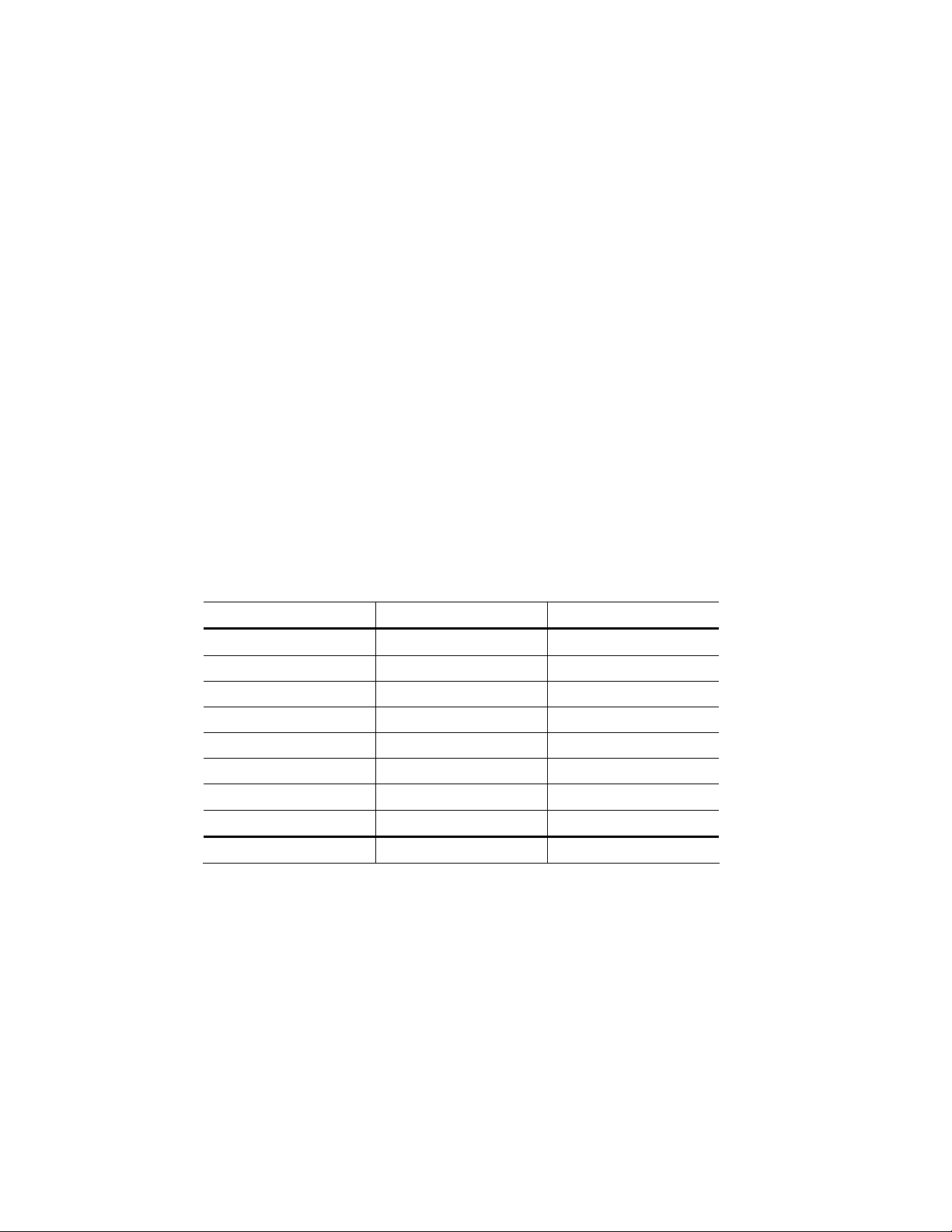
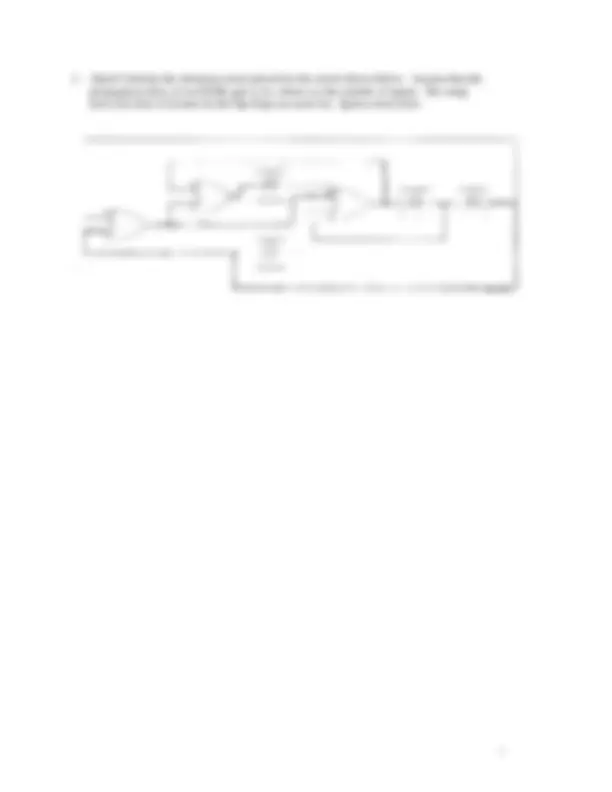
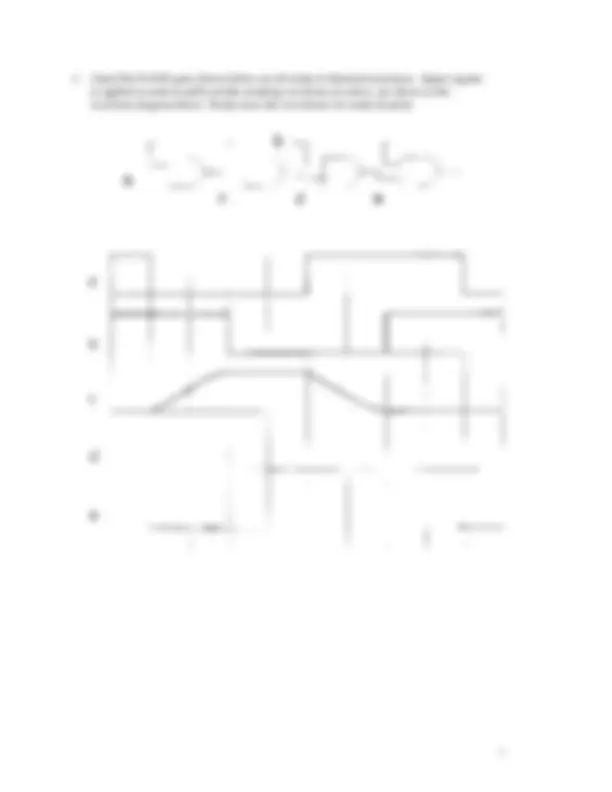
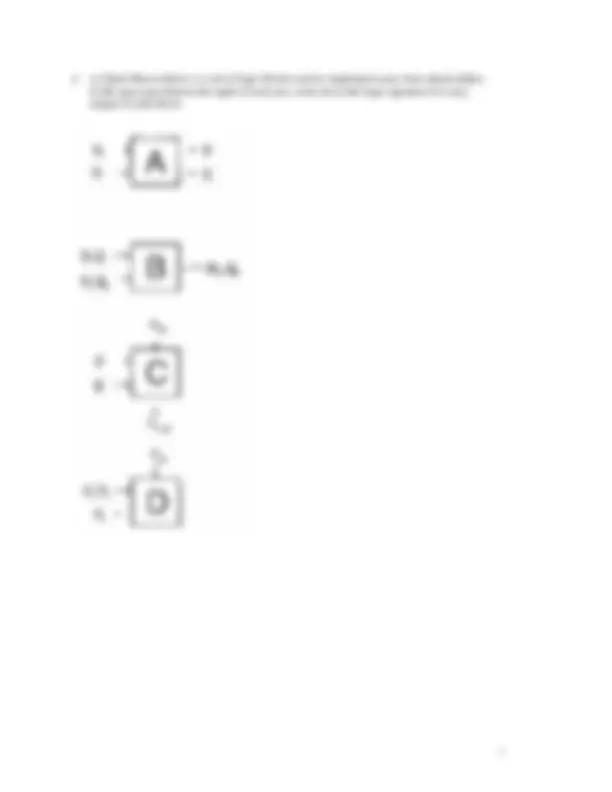
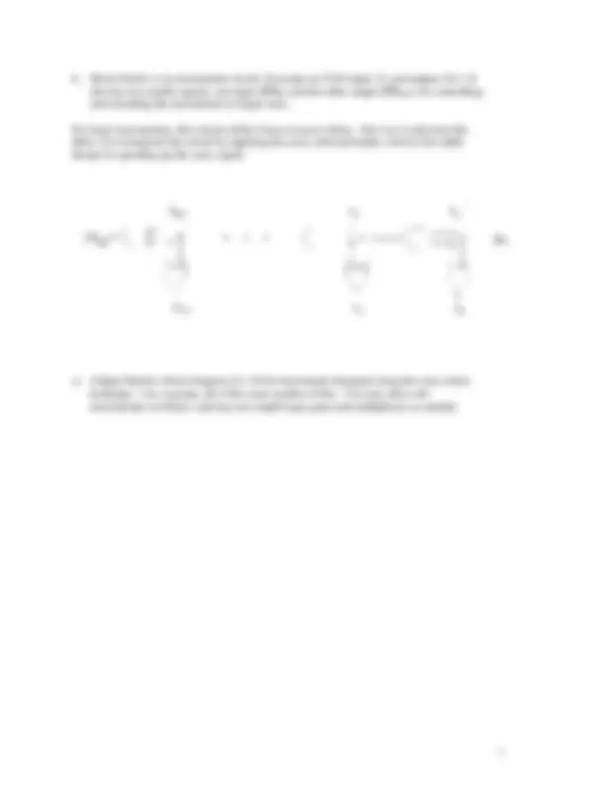

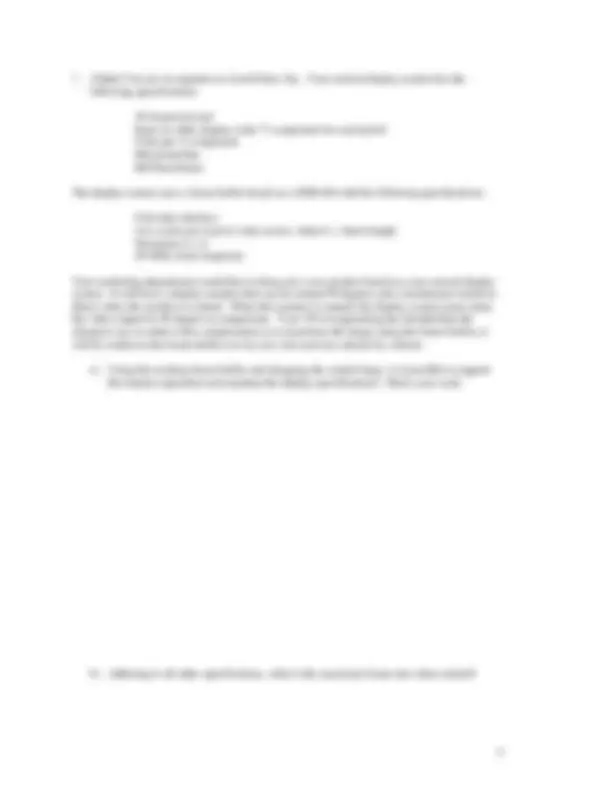


Study with the several resources on Docsity

Earn points by helping other students or get them with a premium plan


Prepare for your exams
Study with the several resources on Docsity

Earn points to download
Earn points by helping other students or get them with a premium plan
Community
Ask the community for help and clear up your study doubts
Discover the best universities in your country according to Docsity users
Free resources
Download our free guides on studying techniques, anxiety management strategies, and thesis advice from Docsity tutors
Main points of this past exam are: Propagation Delay, Closed Note, Chip Technology, Particular Chip, Inverter Driving, Propagation Delay, Identical Transistors, Critical Path, Logic Gates, Clock Skew
Typology: Exams
1 / 11

This page cannot be seen from the preview
Don't miss anything!







University of California at Berkeley College of Engineering Department of Electrical Engineering and Computer Sciences
EECS150 J. Wawrzynek Spring 2003 4/4/
The logic gates in the circuit below all are made of transistors identical to those in the inverters shown above. In the space below calculate the value of the critical path delay from either input (a,b) to the node labeled X. On the circuit diagram, label the delay associated with each gate on the critical path.
What is the value of C?
For large incrementers, this circuit suffers from excessive delay. One way to decrease the delay is to reorganize the circuit by applying the carry-select principle, used in fast-adder design for speeding up the carry signal.
a) [10pts] Sketch a block diagram of a 16-bit incrementer designed using the carry-select technique. Use 4 groups, all of the same number of bits. You may draw sub- incrementers as blocks, and may use simple logic gates and multiplexers as needed.
30 frames/second black & white display (only Y component for each pixel) 8 bits per Y component 600 pixels/line 600 lines/frame
The display system uses a frame buffer based on a SDRAM with the following specifications:
8-bit data interface 4+L cycles per read or write access, where L = burst length Maximum L = 6 48 MHz clock frequency
Your marketing department would like to bring out a new product based on your current display system. It will have a display monitor that can be rotated 90 degrees and a mechanical switch to detect when the monitor is rotated. When the monitor is rotated, the display system must rotate the video output by 90 degree to compensate. Your VP of engineering has decided that the cheapest way to achieve this compensation is to transform the image using the frame-buffer; it will be written to the frame buffer row-by-row, but read out column-by-column.
a) Using the existing frame buffer and changing the control logic, is it possible to support the rotation operation and maintain the display specifications? Show your work.
b) Adhering to all other specifications, what is the maximum frame rate when rotated?
a) [1pt] In Ethernet frames the CRC field is used for error detection, error correction, or both?
b) [1pt] Ethernet frames carry the “MAC” address of the sender, the receive, or both?
c) [1pt] True or false. Interlaced video display systems have twice the frame-rate as progressive scan systems.
d) [1pt] A 256 x 4-bit memory organized as a square array uses how many address bits for the row-decoder?
e) [1pt] A 256 x 4-bit memory organized as a square array uses how many address bits for the column-mux control?
f) [1pt] What size ROM is needed to implement a 4-bit adder with carry-in?
g) [1pt] How many 2-to-1 multiplexers are needed to implement a 4-bit universal shift register, based on d-type flipflops?
h) [1pt] The n-bit bit-serial multiplier takes how many cycles to produce the final result?
i) [1pt] The n-bit shift and add multiplier takes how many cycles to produce the final result?
j) [1pt] A Johnson counter with n states has how many flip-flops.